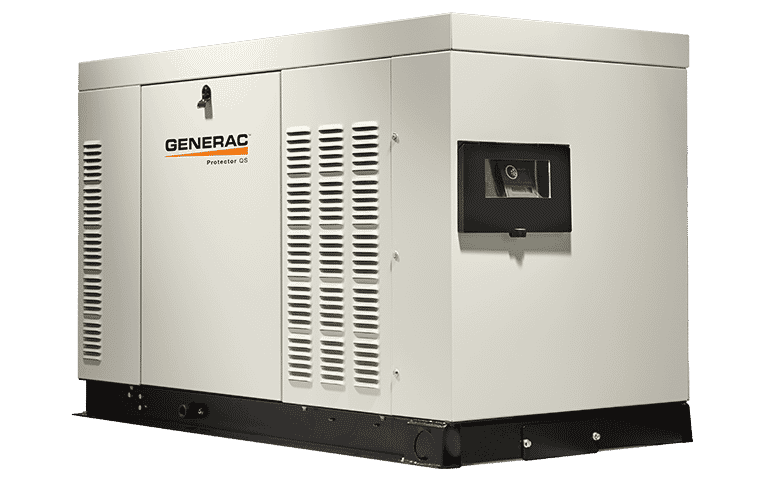
Generator Costs
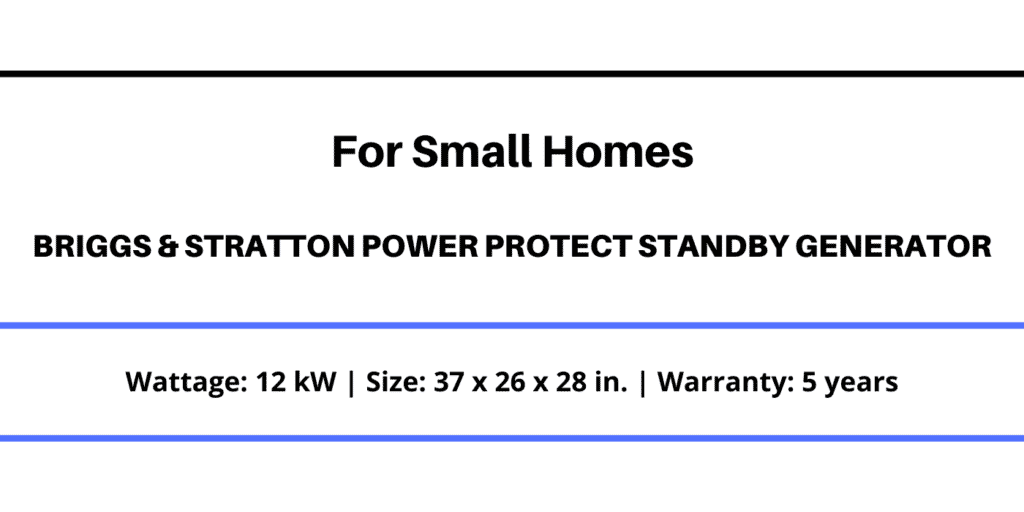
Power Protect Standby Generator

BRIGGS & STRATTON
$4,299.00
PROS
More Affordable
CONS
Can only power a small home
This little man can’t power a complete house because its output is barely 12,000 watts. On the other hand, a little one can squeeze in the necessities. If you need a power backup for a few needs but cringe at the notion of spending more than $4,000, this generator is a perfect choice. The five-year guarantee, which covers parts, labour, and travel, does mean that it is still an investment, but it does. Additionally, it does automatic weekly power checks at a low RPM to make sure it will function properly without consuming more gasoline than necessary.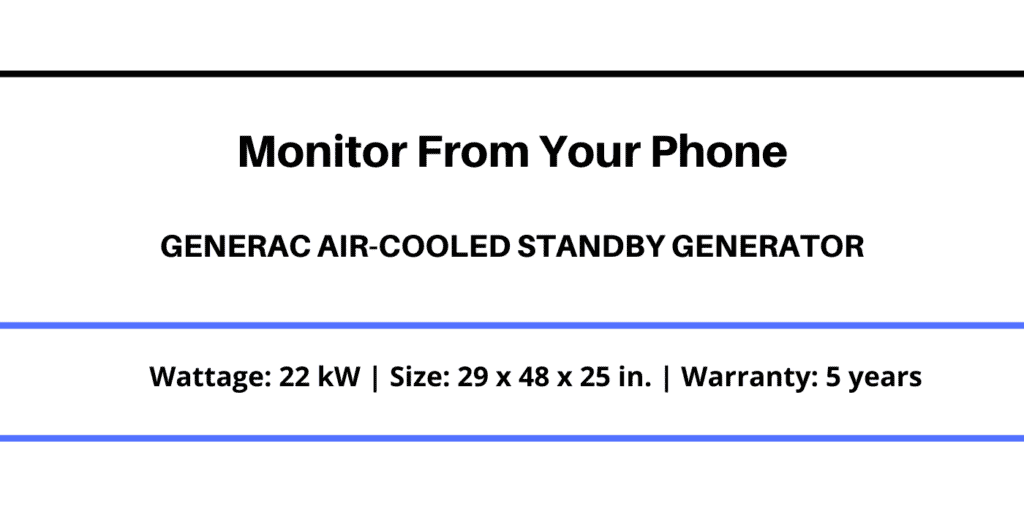
7043 Home Standby Generator
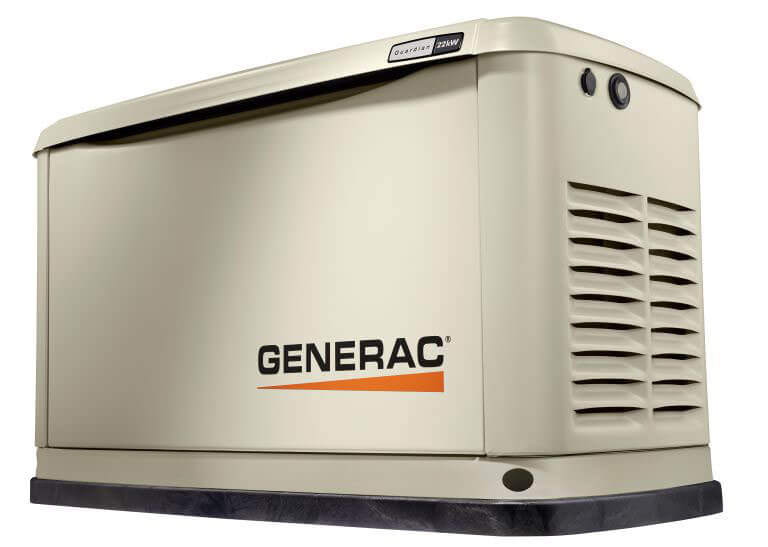
GENERAC
$5,499.00
PROS
Can run entire house
CONS
Expensive
This generator ensures that all of your needs are addressed in circumstances where waiting for the electricity to come back on could pose a particular hazard. It has a five-year guarantee and Wi-Fi capabilities, allowing you to always check the generator’s status and giving you piece of mind throughout storm season. Since the Generac 22-kW is made to power your complete home, you will have access to all of your usual comforts while you wait for your regular power to resume. For families with children who are still learning at home or for parents who may not have the luxury of going to work or school when the electricity goes out, this is an especially wise investment
PowerPact 7,500-Watt (LP), 6,000-Watt (NG) Standby Generator
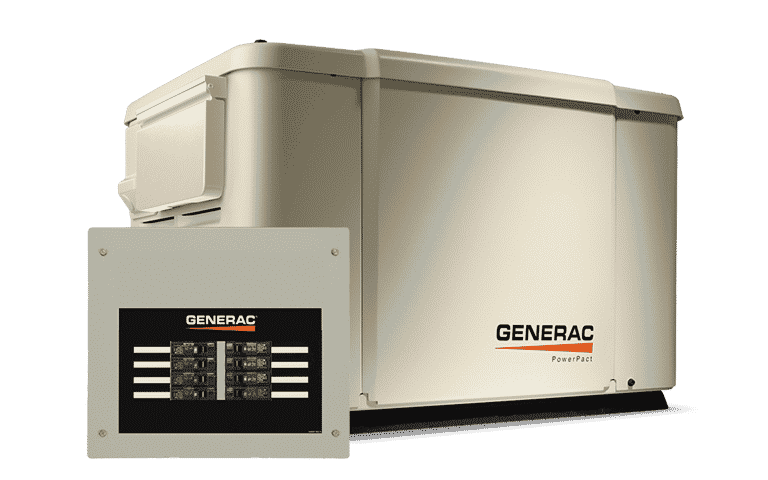
GENERAC
$2,049.00
PROS
Affordable
CONS
Not a lot of wattage
Although this generator costs less than $2,000, it is more than capable of keeping your home’s interior at a comfortable temperature and preventing the contents of your refrigerator from deteriorating. It is considerably quieter than a portable generator and can supply electricity to up to eight circuits in your home. It is weatherproof thanks to the sturdy aluminium shell that surrounds it. It also has a three-year warranty in case any problems do occur. The generator also has three detachable sides that enable simple access in the event that repair is necessary.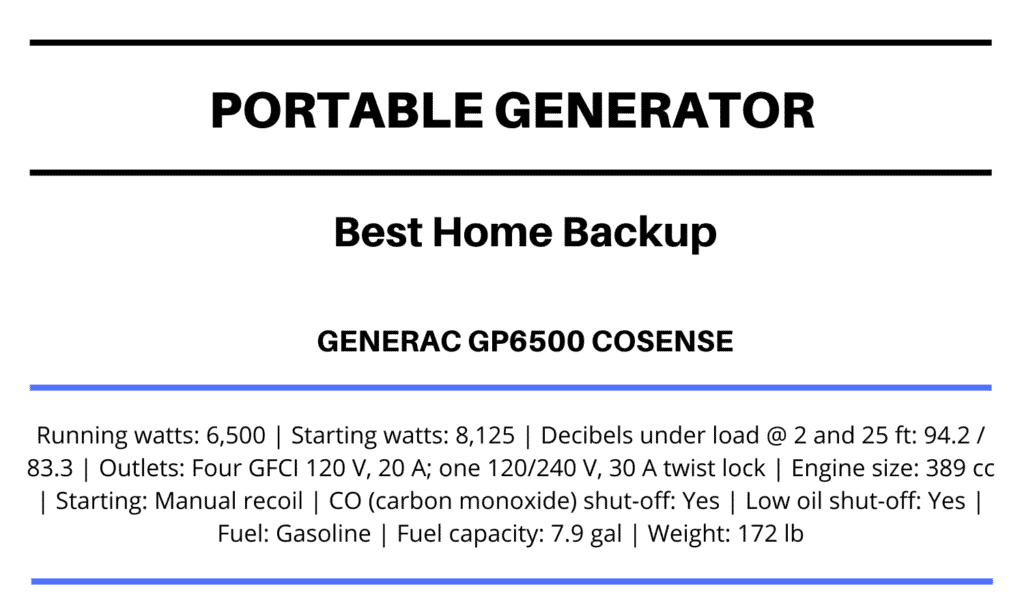
GP6500 CoSense Portable Generator

GENERAC
$899.00 MSRP
PROS
Plenty of starting watts
Carbon monoxide shutoff
CONS
Heaviest on the test
Generac’s GP6500 CoSense, the largest generator we examined, has a sizable starting capacity of 8,125 watts. This indicates that the generator is capable of handling initial loads from large appliances or tools that may be two to three times their running wattage. This type of larger-capacity generator comes in handy when power disruptions occur. The generator can be directly connected to the home’s crucial circuits with a manual transfer switch rather than using extension cords for each appliance. This device might potentially provide electricity to huge RVs with high power requirements and construction sites.
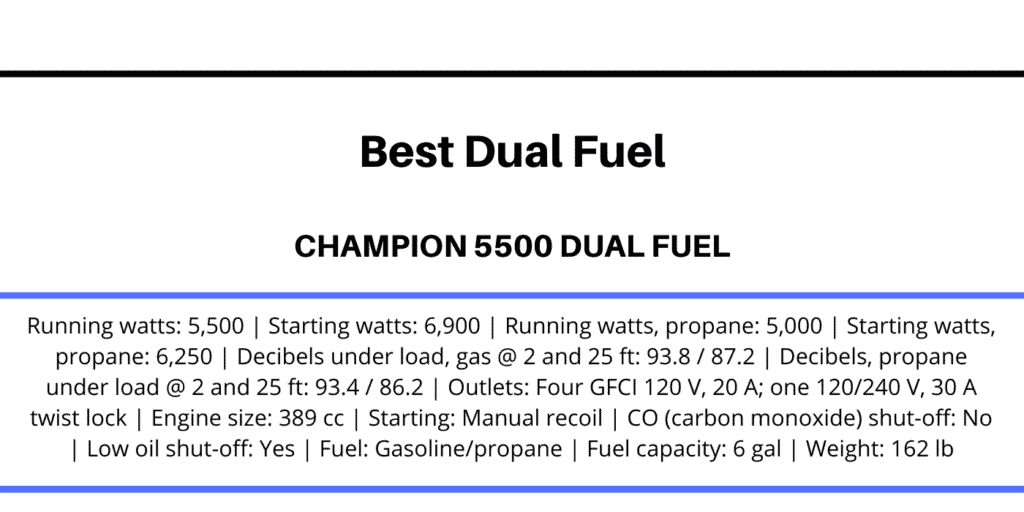
5,500 Dual Fuel Portable Generator

CHAMPION
$1,050
PROS
Runs on gas or propane
CONS
No Fuel Guage
With Champion’s 5500 Dual Fuel generator, you can select your fuel or use what is available in an emergency. There are a few advantages to choosing between gasoline and propane, particularly when utilising a generator to provide backup power during or after storms. Contrary to gasoline, propane is extremely stable and won’t clog carburetors or other parts when kept in storage for extended periods of time or throughout storm seasons. Furthermore, you might not experience gasoline shortages after local storms that knock out power grids for days. We found it to be quite easy to swap from gasoline and propane, and the 5500 started just as well on either fuel. The beginning and running wattage will be slightly lower because propane doesn’t have as much energy as gasoline. We tested the 5500 and found that it operates slightly more quietly on propane, with 78.2 decibels under load at 25 feet compared to 81.5 decibels on gas. One thing to keep in mind while using propane: the propane switch on the fuel selection panel turns off both the flow of propane and the generator, as opposed to the main power switch on the panel, which only turns off the unit. By doing this, it is impossible to leave the propane on while the generator is off.
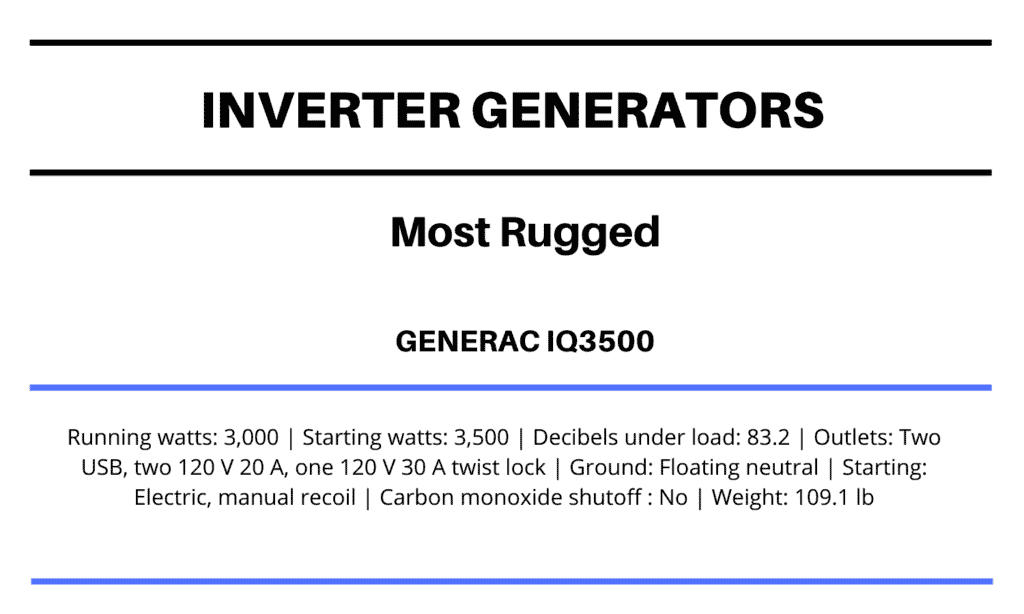
iQ3500 3500-Watt Inverter Generator
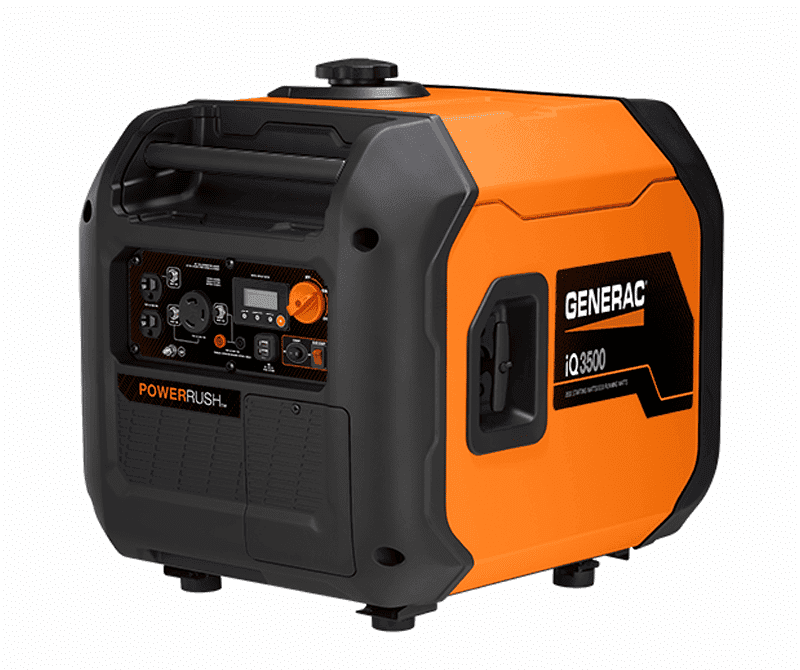
GENERAC
$976.81
PROS
Metal enclosure
CONS
No wheels
The IQ3500’s metal doors and enclosure, along with its two strong handles, give off the impression that it is a robust, well-made device. We were grateful for the push-button electric start’s convenience. We put our 15-amp table saw, two 120-volt loads, and a 10-amp portable air conditioner to the test. The sine wave of the current had symmetrical waves that were constant as the saw was being turned on and off. Although the absence of a gasoline gauge on the tank initially disappointed us, the LCD screen made it simple for us to keep track of performance, fuel level, and run time. A fantastic portable generator for job sites and emergency home backup is the IQ3500.

4,650-Watt Dual Fuel Inverter Generator
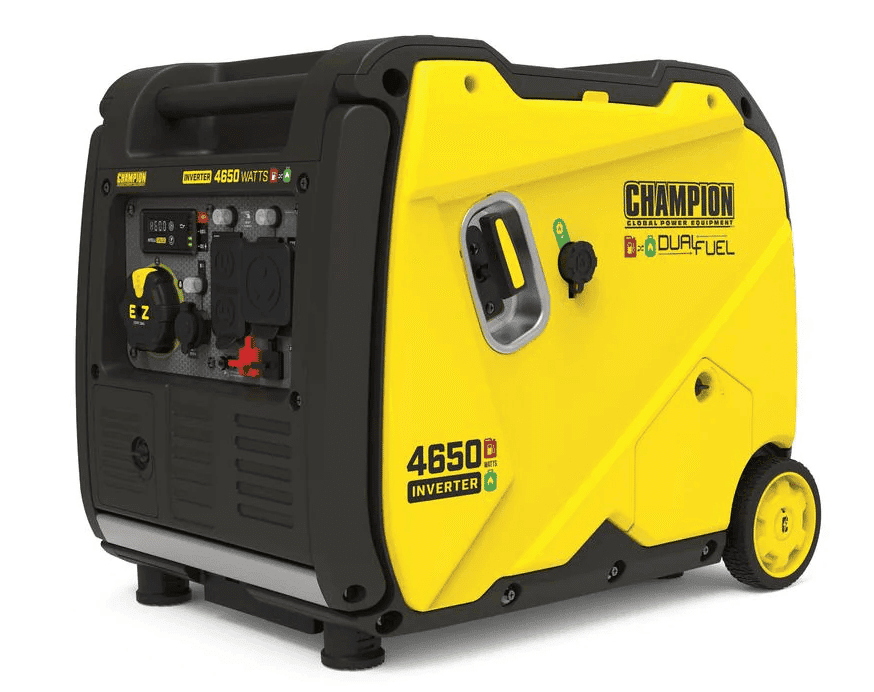
CHAMPION
$1,049.00
PROS
Uses gas or propane
CONS
Needs adapter to use with a transfer switch
Starting with the option to run on either gas or propane, Champion crammed a lot of value into one product. When we turned on the saw or planer while watching the current, we noticed a symmetrical sine wave. THD remained at 0% even though it briefly spiked to 3.7 when we turned on the saw. This generator has a 30-amp RV-style plug that can power a midsize camper, and although though it lacks a 240-volt outlet, it can be useful in case of a home emergency.
-
“He even went the extra mile (literally went to the Fire Department) to ensure that the fire marshal got the information he needed for the unit to pass inspection.” - Terri H.

Contact Airplus Today
Servicing All BrandsOur team is here to answer your questions. Contact us today at (571) 470-7235 or complete the form below.
.2309121422550.png)



